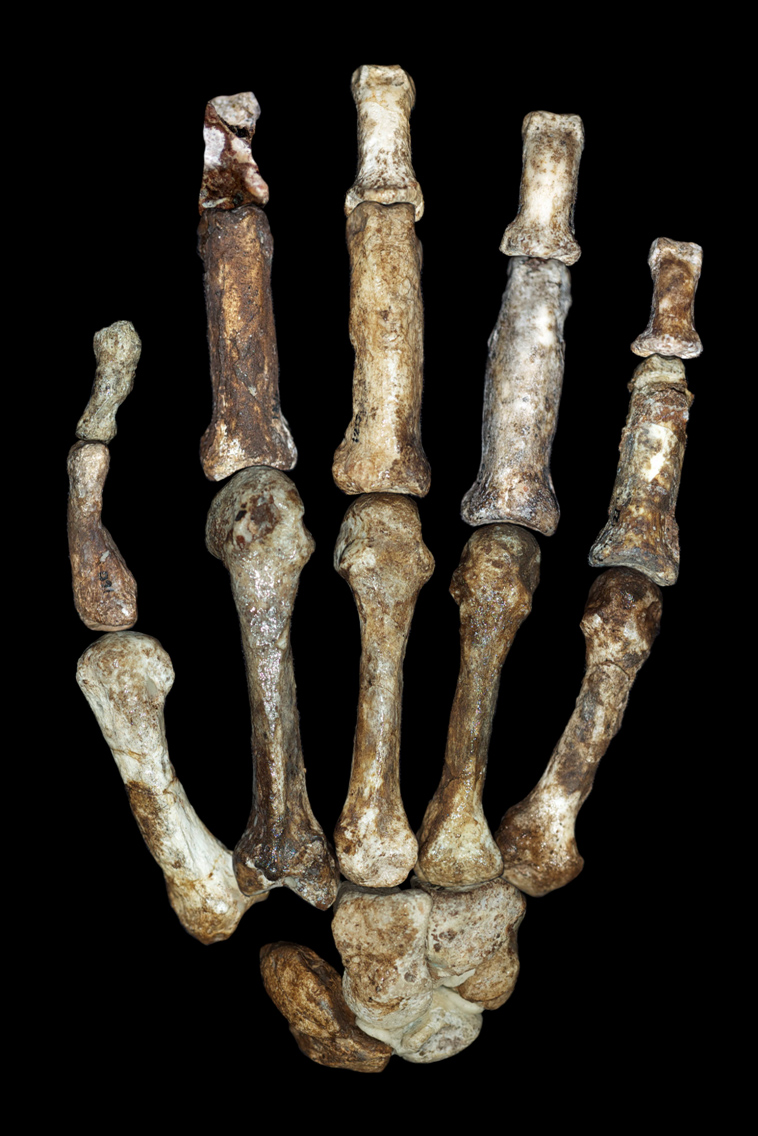The versatile hand of Australopithecus sediba makes a better candidate for an early tool-making hominin than the hand of Homo habilis
Hand bones from a single individual with a clear taxonomic affiliation are scarce in the hominin fossil record, which has hampered understanding of the evolution of manipulative abilities in hominins. An international team of researchers including Tracy Kivell of the Max Planck Institute for Evolutionary Anthropology in Leipzig, Germany has now published a study that describes the earliest, most complete fossil hominin hand post-dating the appearance of stone tools in the archaeological record, the hand of a 1.98-million-year-old Australopithecus sediba from Malapa, South Africa. The researchers found that Au. sediba used its hand for arboreal locomotion but was also capable of human-like precision grips, a prerequisite for tool-making. Furthermore, the Au. sediba hand makes a better candidate for an early tool-making hominin hand than the Homo habilis hand, and may well have been a predecessor from which the later Homo hand evolved.
